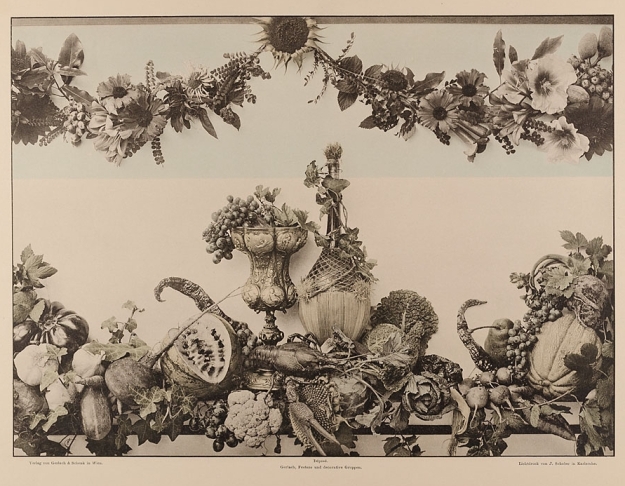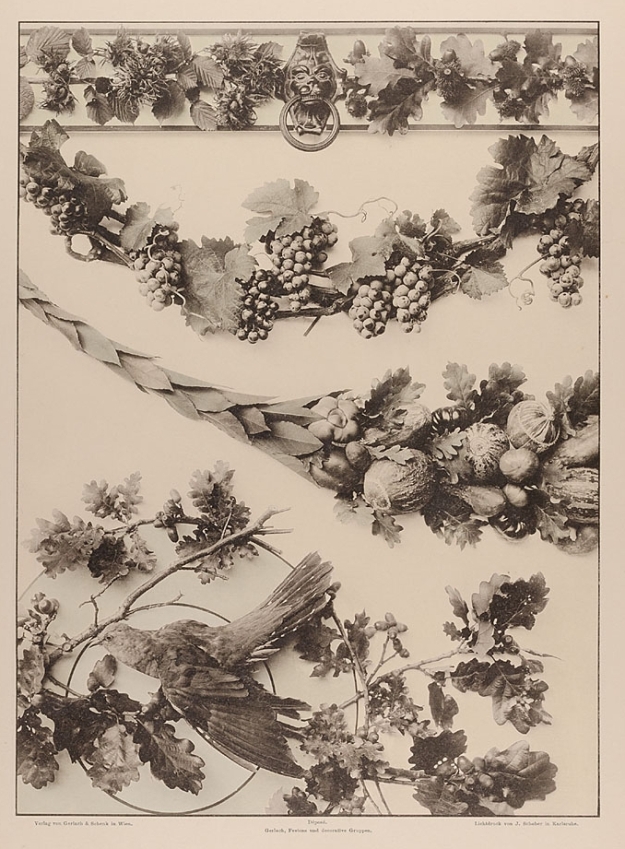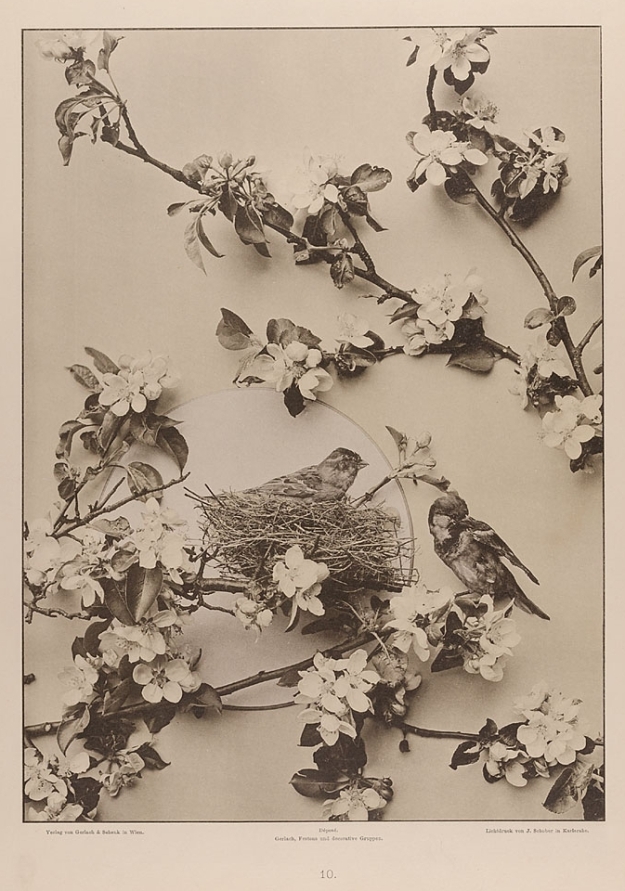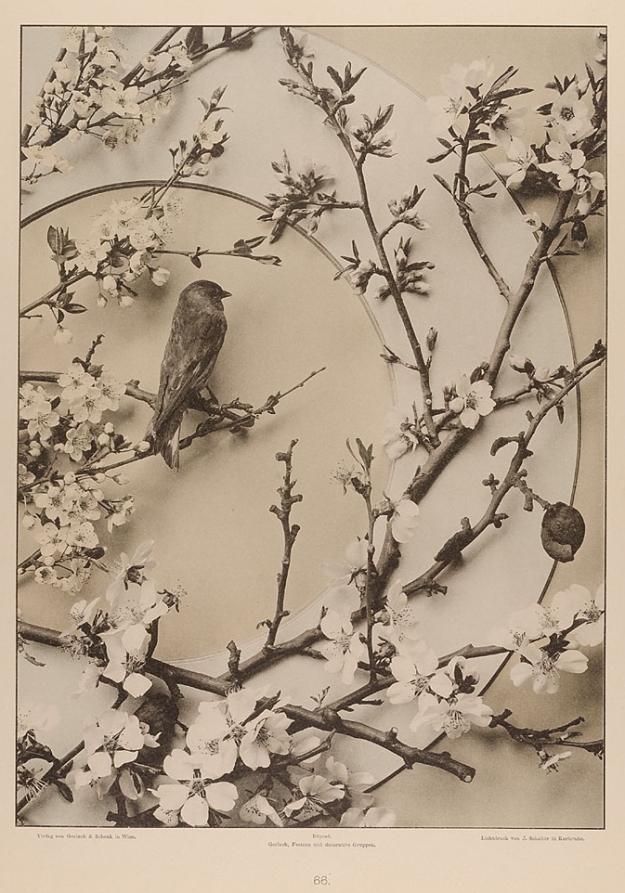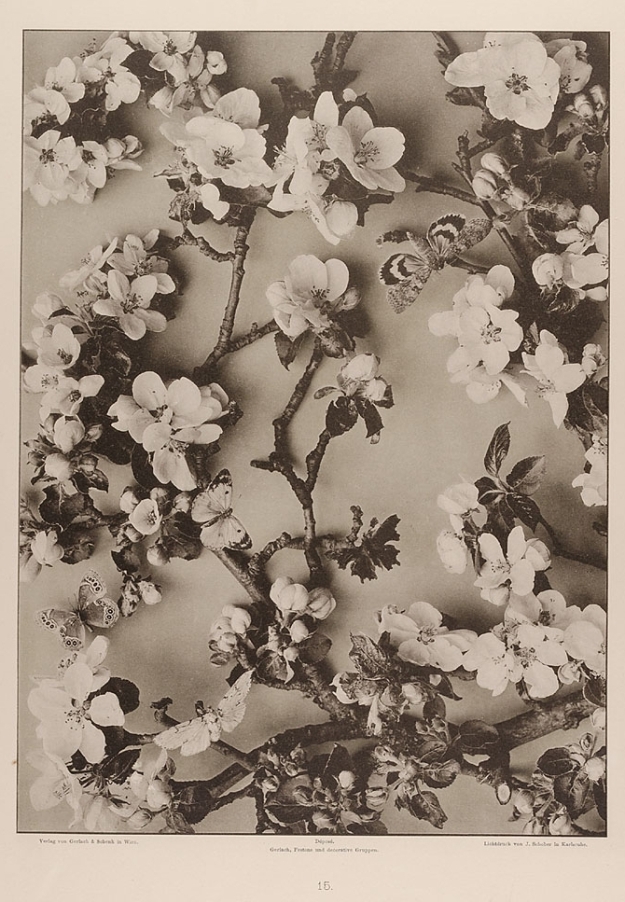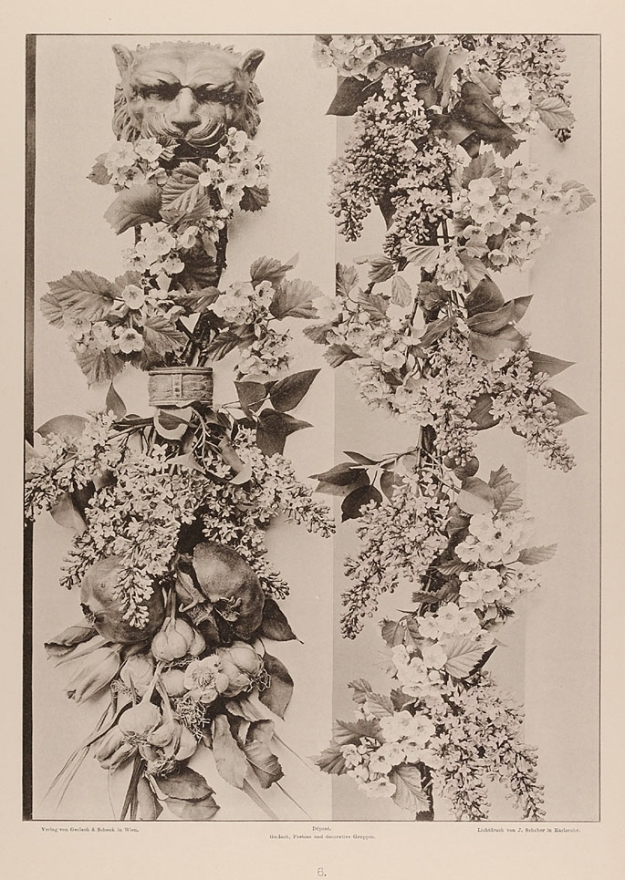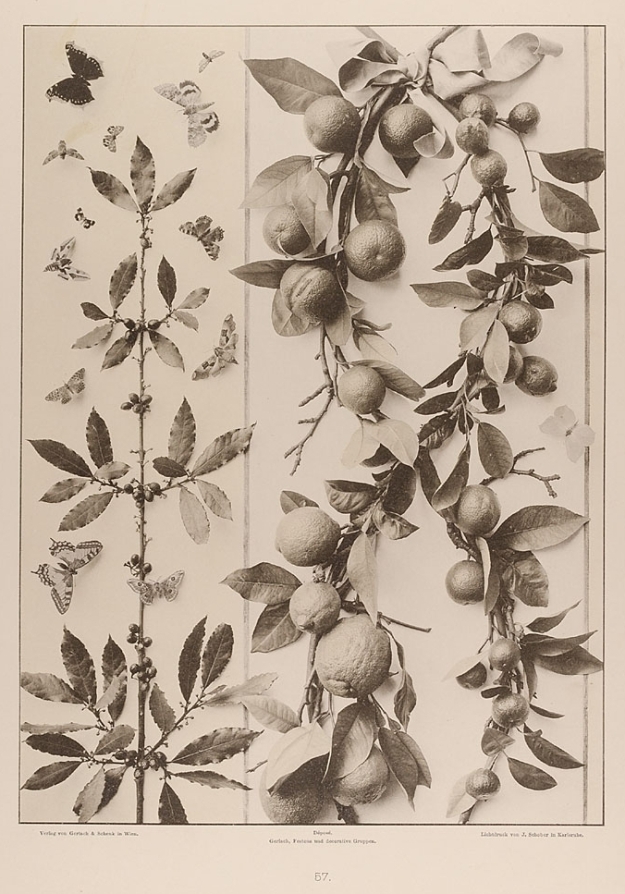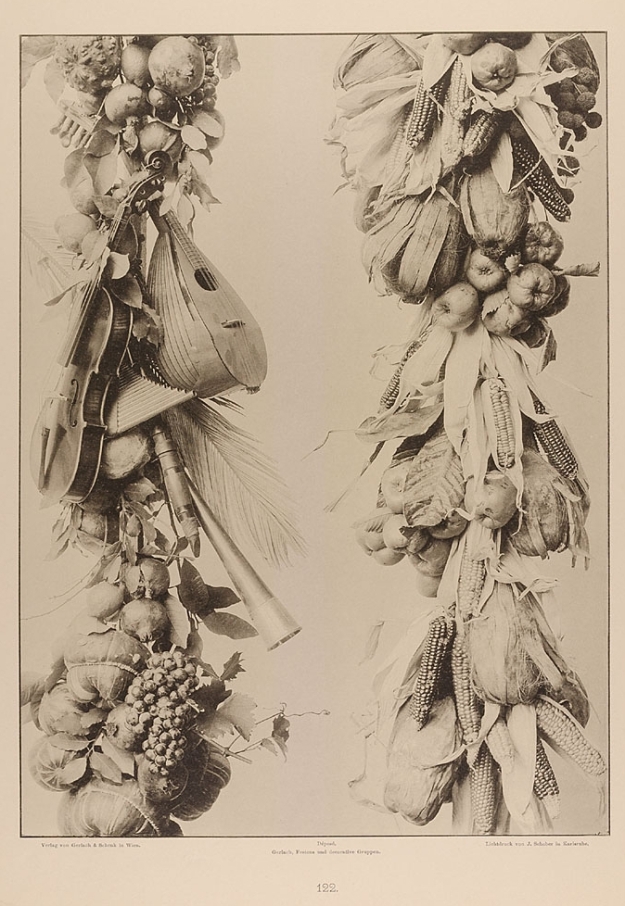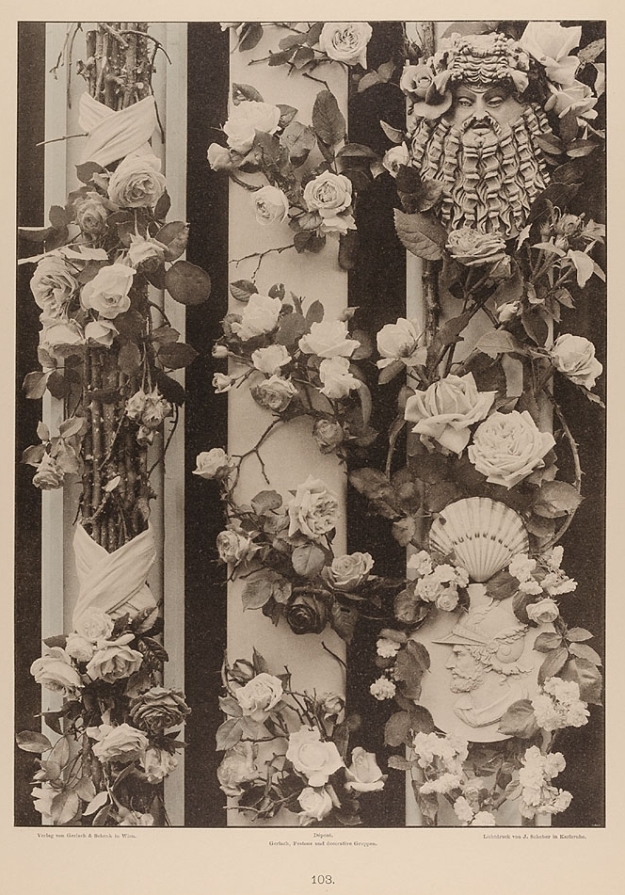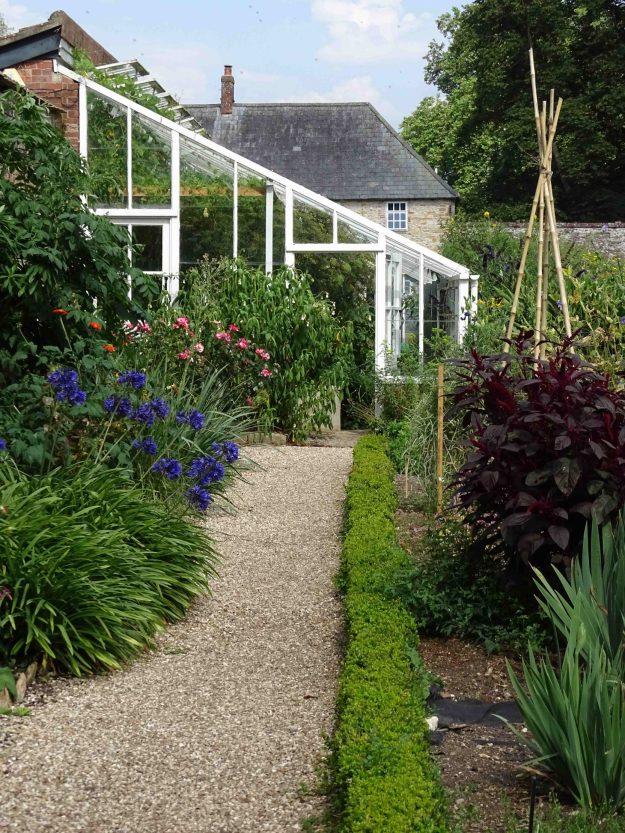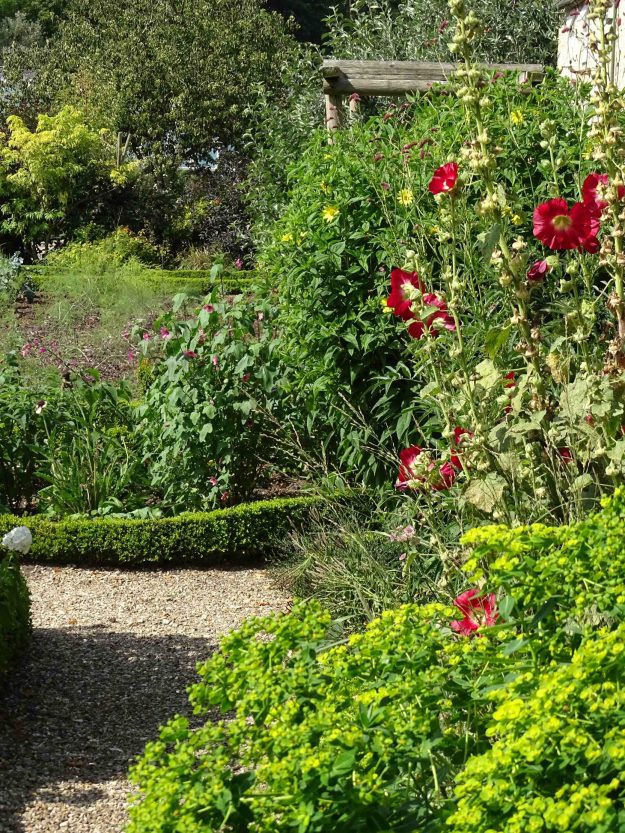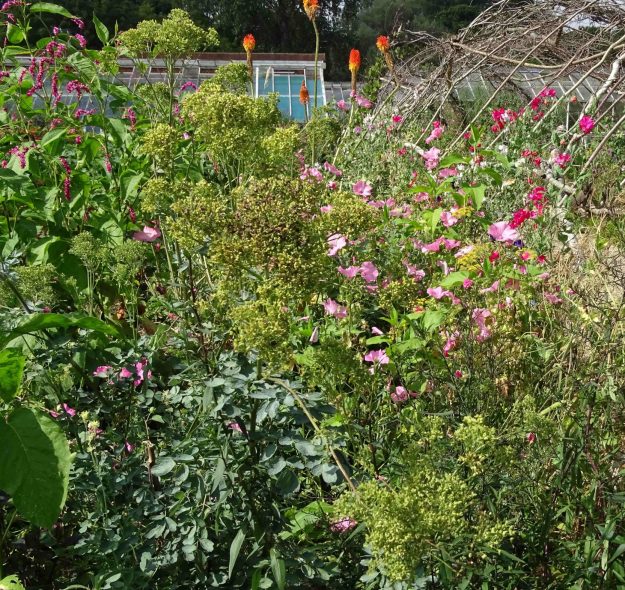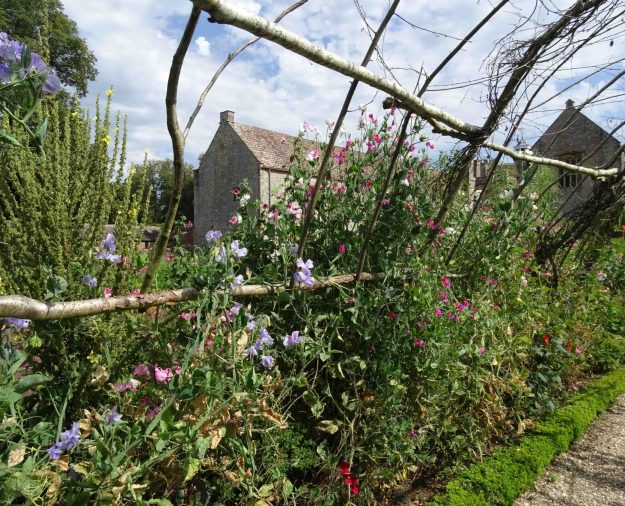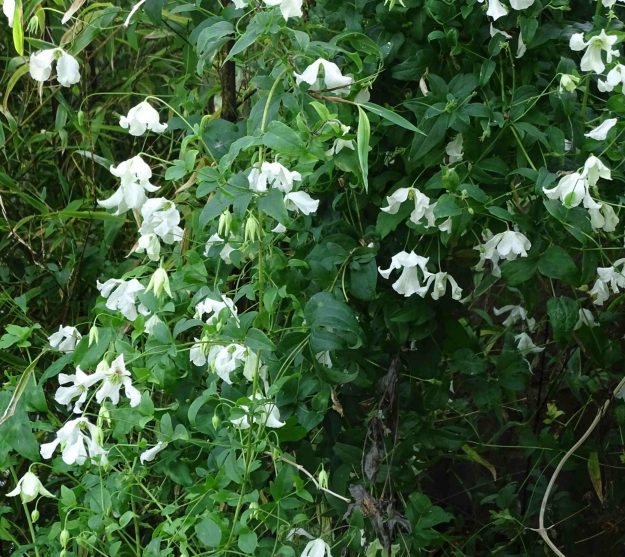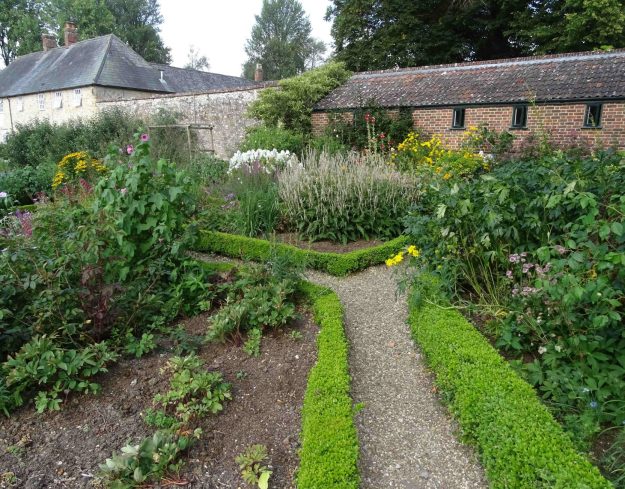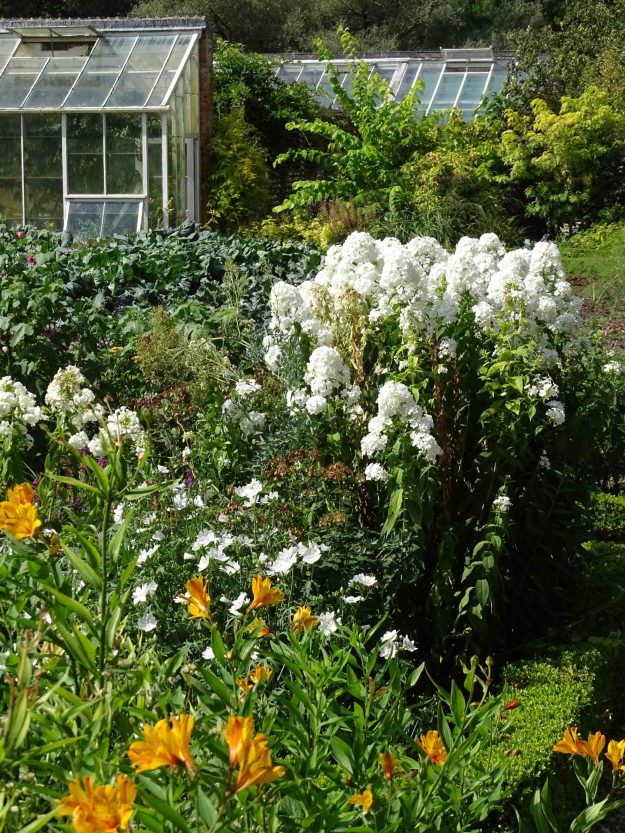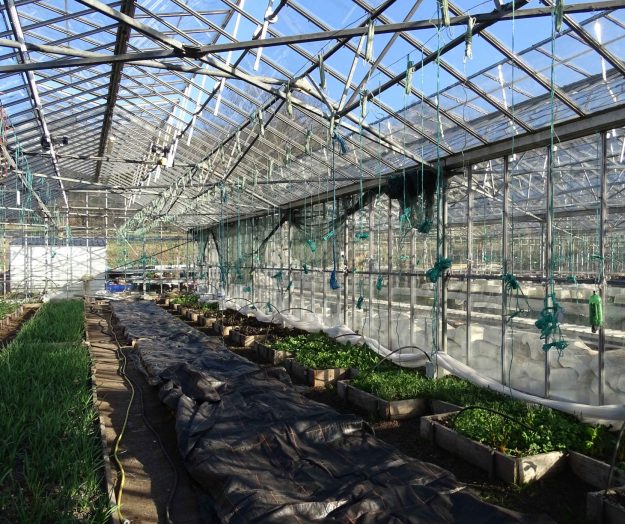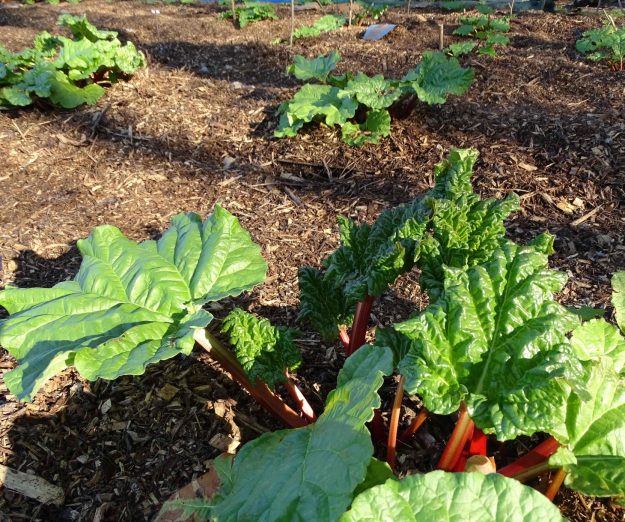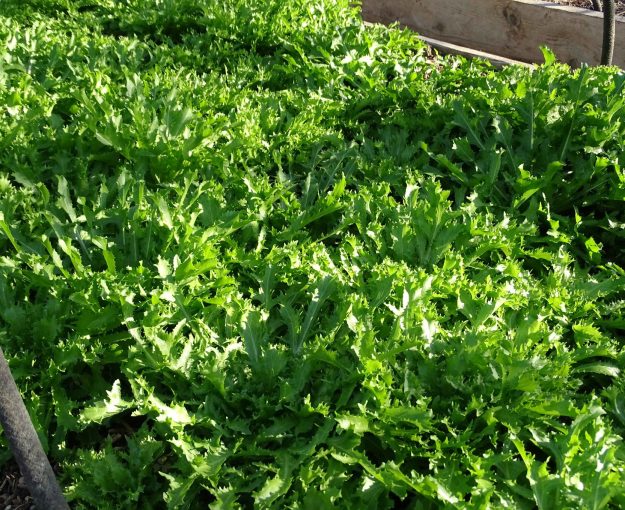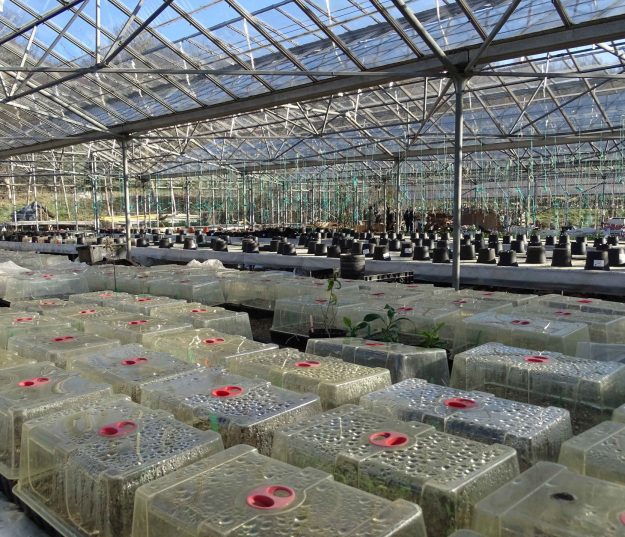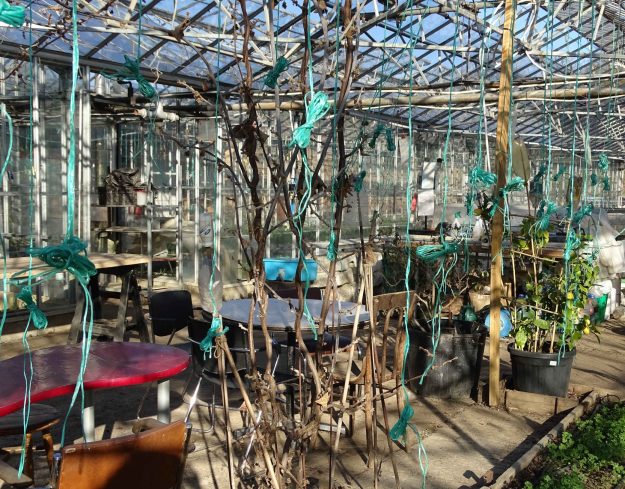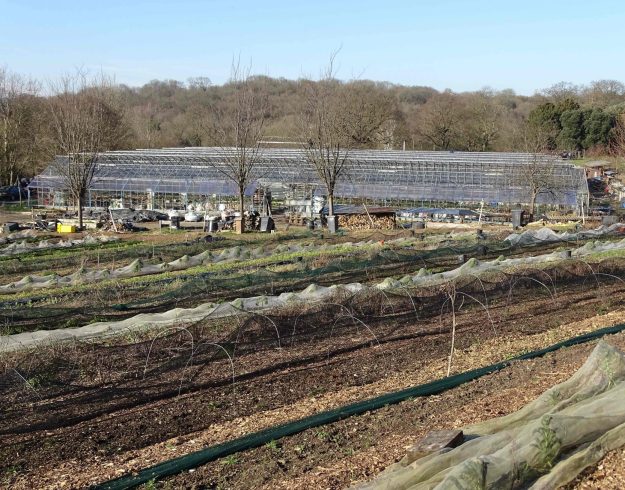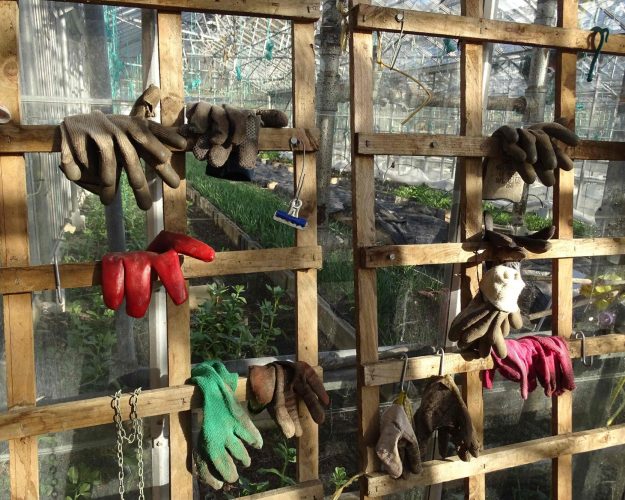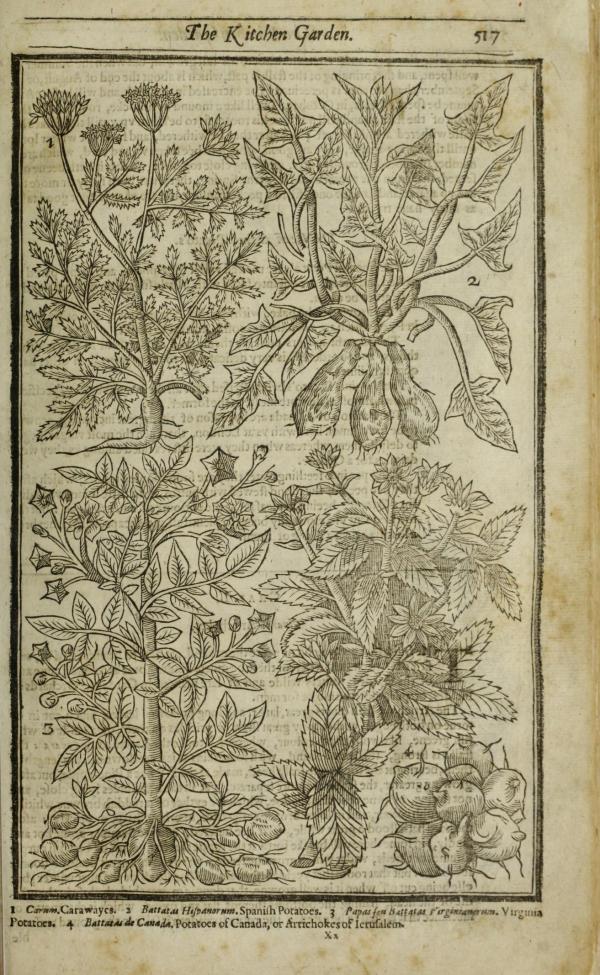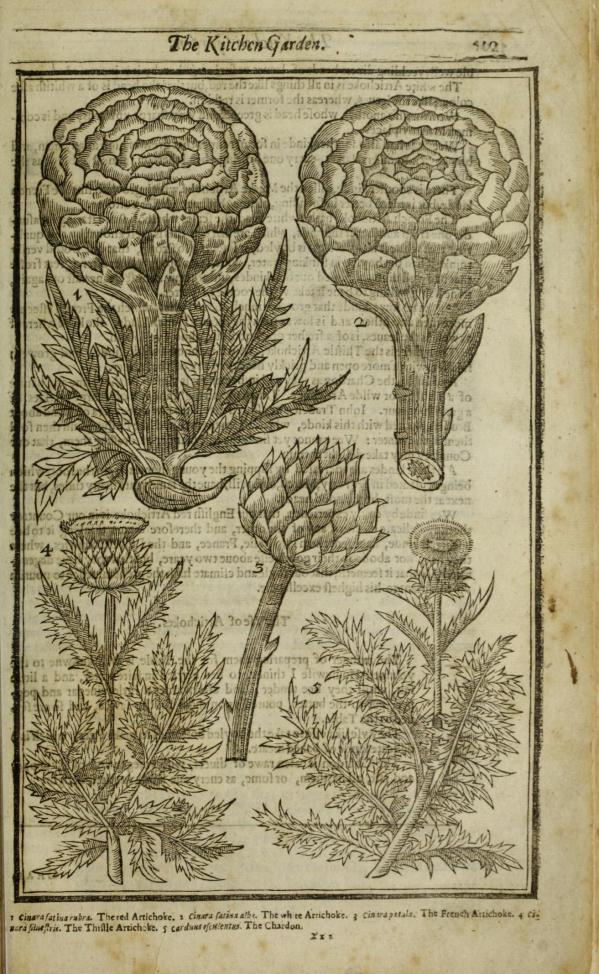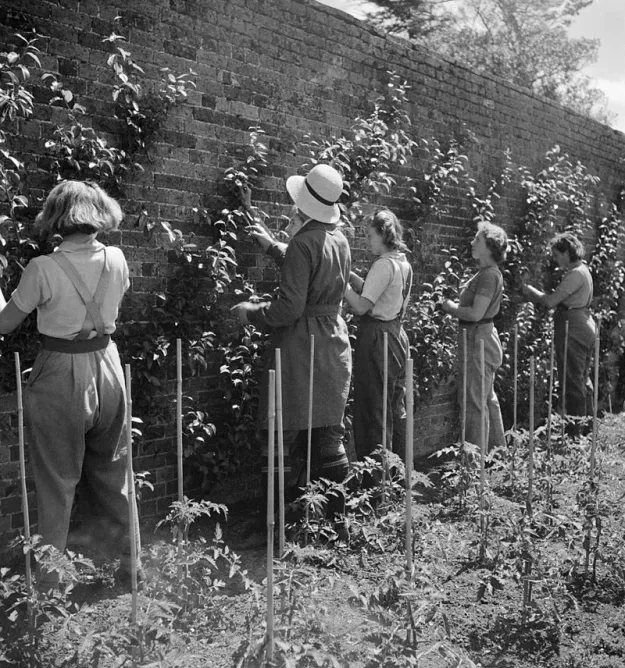
‘Pruning pear cordons in the walled garden. Angled method of training ensures maximum amount of sunlight on each fruit tree.’ Women’s Horticultural College at Waterperry House in Oxfordshire, 1943 All photographs by Cecil Beaton from the Ministry of Information Second World War Official Collection at the Imperial War Museum, London. Copyright: © IWM DB252.
Beneath a bright sky, scattered with light cloud, groups of young women dressed in a practical uniform of dungarees and short sleeved shirts are hard at work in the summer sunshine. Captured by photographer Cecil Beaton, these scenes of wartime England in the early 1940s show horticultural students from the Women’s Horticultural College, based at Waterperry House in rural Oxfordshire, cultivating vital food crops for the war effort.
Engaged in an array of tasks, women are shown driving tractors, and operating other horticultural machinery such as the Plant Junior Hoe, as well as planting, pruning and harvesting by hand. The gardens are recorded at a busy moment in the growing season, probably in June or July, with crops of lettuce and ripe strawberries ready for market, alongside onions and tomato plants still growing on. New seed drills are in the process of being marked out with twine in the freshly turned soil, in preparation for successional sowings.
Better known for his stylish studio portraits of celebrities and royalty, Cecil Beaton produced these images of Waterperry for the Ministry of Information between 1940 and 1944. He is thought to have made two visits to the site, one of which was in the summer of 1943.
In his role as war photographer, Cecil Beaton (1904 – 1980) produced over 7,000 images recording the war in the Middle East and East Asia, as well as the effects of the blitz in the UK and the domestic war effort. These photographs were the subject of three books published during the war years and the images were transferred to the Imperial War Museum’s collection in 1948. As well as people, Beaton had a lasting interest in flowers and gardens, including his own at Reddish House in Wiltshire, which featured regularly in his work.
Beaton depicts the young Waterperry horticulturalists bent double thinning rows of vegetables, leaning across cold frames to tend courgette plants inside, or heaving crates of produce into the back of a van, bound for the college shop in Oxford market. As Beaton records the physical demands of gardening, his interest in performance and drama is also apparent, his choice of poses giving the women an emblematic appearance, like heroic figures in a patriotic wartime poster.
The captions accompanying Beaton’s photographs are written in the same style as a wartime news reel commentary, with the brisk delivery and clipped pronunciation typical of the era. If some of the assumptions about women’s roles and capabilities seem dated today, so do the horticultural methods – it’s hard to imagine crop spraying now without any face protection for the gardeners. There is hardly any plastic in evidence, however, with tomatoes tied to their supports with raffia and vegetable crates made out of wood.
The Women’s Horticultural College was founded by Beatrix Havergal (1901 – 1980) in 1927 at Pusey House, Oxfordshire. The college moved to Waterperry in 1932, acquiring the site from Magdelen College, Oxford in 1948. Havergal trained in horticulture at the Thatcham Fruit and Flower Farm near Newbury before joining Downe House boarding school as head gardener in the early 1920s. It was here that she met her life-long partner Avice Sanders, the school’s housekeeper. Havergal’s two year courses for women covered both theory and practice in horticulture and secured a high reputation for standards. In failing health in her later years, Havergal eventually sold the site to the School of Philosophy and Economic Science in 1971, who remain the owners.
The formidable looking Beatrix Havergal appears in two of Beaton’s photographs; a portrait shows her in a glasshouse thinning bunches of grapes with a scissors and in another she is with students pruning pear cordons in the walled garden. Head of Fruit Growing, Jo Cockin is shown in another photograph instructing students how to spray trees with noxious sounding Nico dust.
Alpine specialist and photographer Valerie Finnis was, of course, a student and later a tutor at Waterperry, joining the college in 1942. Looking again at the composition of Valerie’s photographs from those early years of her life at Waterperry, it’s likely that Beaton’s wartime images were a significant influence in her portrait work. Garden People (2007), the book about Valerie’s life, contains a striking image of two students balanced on stepladders in the walled garden tying in the shoots of a fan-trained peach tree. Intent on their work and with their backs to the camera, this rather unusual pose, together with the stylised symmetry of the photograph is highly reminiscent of Beaton’s approach.
Waterperry is currently in the process of digitising their archive, which includes glass negatives of some of Beaton’s photographs taken in their gardens for the Ministry of Information. As this work progresses, it’s hoped eventually to be able to attach names to more of the faces in these evocative images, and gain further insights into the lives of those who participated in Beatrix Havergal’s remarkable Horticultural College.
In the meantime, I hope you’ll agree Cecil Beaton has captured something uplifting in the achievement of these women working together as a team to produce much needed food for the nation. Links to the photographs and other sources below:

‘The exterior of Waterperry House. A horticultural school for women now training students in all branches of agriculture and horticulture with special regard to producing disease free crops.’ © IWM DB243

‘Working on the beds which are planned for space saving. Lettuces are planted between tomatoes.’ © IWM DB246

‘Watering time in the frames for the cucumbers and marrows.’ © IWM DB247

‘Expert knowledge of all glass house plants is combined with practical experience of planting and growing.’ © IWM DB248
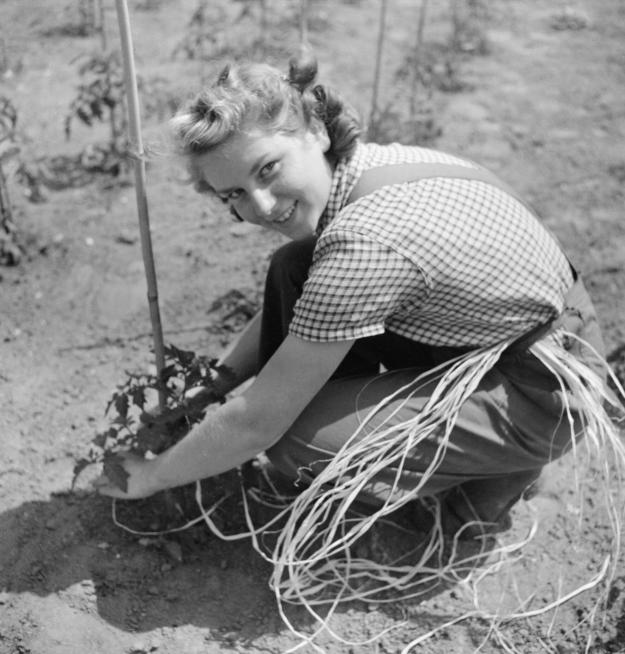
‘A girl is tying up tomatoes out-of-doors.’ © IWM DB250

‘Beatrix Havergal, Principal of Waterperry, trained horticulture expert, now trains girls to become efficient gardeners and students of both the practical and theoretical side of horticulture. Here she is tending to the grape vines.’ © IWM DB251

‘The tractors and machines used for haymaking in the fields are all worked by the students.’ © IWM DB253

‘Picking tomatoes for market day.’ © IWM DB254
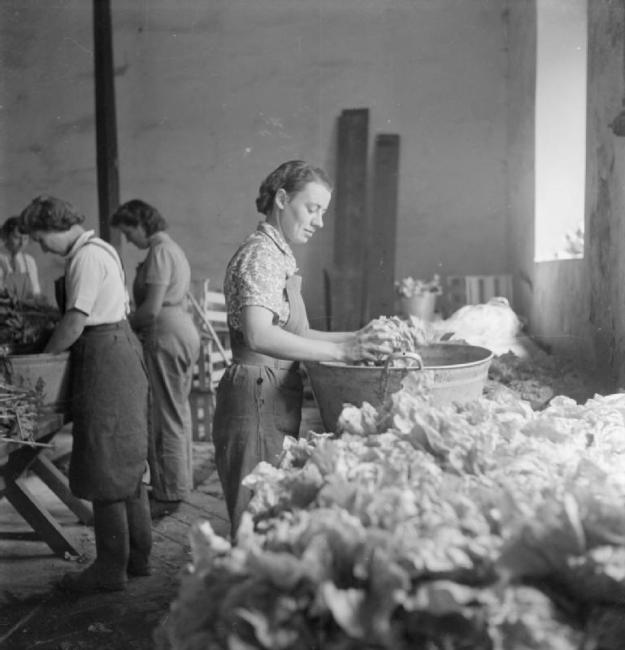
‘Washing lettuces and vegetables before packing them up for the weekly market day in Oxford where they are sold at the school’s own shop in the market.’ © IWM DB255

‘Tomato plants ready for the van to go to Oxford market.’ © IWM DB256
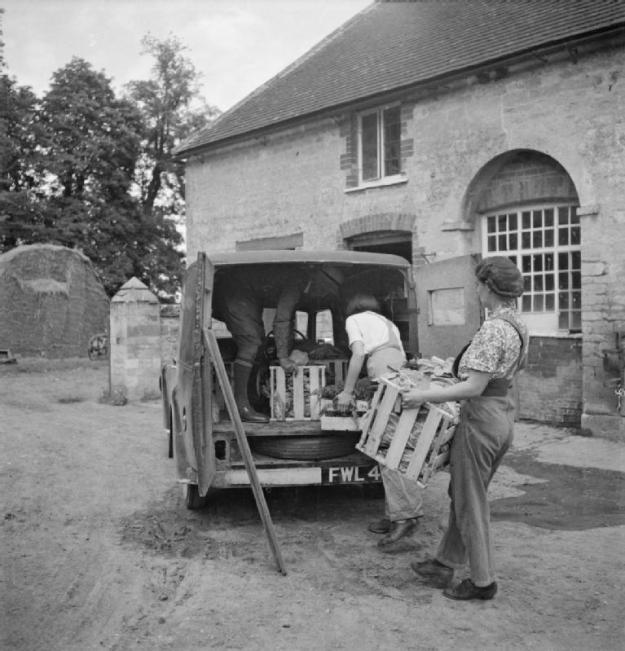
‘Packing the van with vegetables for market. All fruit and vegetables grown for study purposes are sold in the market.’ © IWM DB257

‘The Plant Junior Hoe which saves time and labour and hoes fields of carrots in record time. Easily handled by women.’ © IWM DB258

‘Hard work but fun, digging a trough for seed sowing in the experimental vegetable growing fields.’ © IWM DB259

‘Two girls sowing seeds in a field.’ © IWM DB260

‘Disease free fruit is grown in connection with the research station at East Malling, Kent. Here a student is potting strawberry runners. All the plants are grown in groups widely separated from one another so that should any blight occur it does not spread and the whole group is destroyed.’ © IWM DB261

‘Under the strawberry nets. Pounds are sent to market in Oxford and used for jam making.’ © IWM DB262

‘A young girl carrying onion plants.’ © IWM DB263

‘Thinning onions and assuring a good crop and no more onion shortages for the housewives of Britain.’ © IWM DB264

‘It takes two to spray a fruit tree. One girl pumps at the barrel while the other holds the spray to reach the highest boughs. Spraying fruit trees is one of the most important steps in producing high grade disease free fruit.’ © IWM DB265
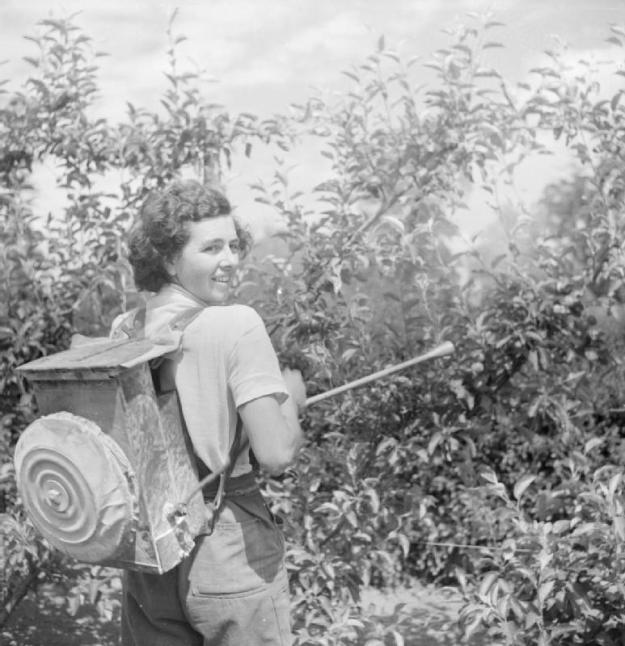
‘Dust-blower spraying fruit trees to protect them against insects and pests. Nico dust is one of the modern discoveries of pest control. Miss Cockin Head of the Fruit Growing Staff shows students the correct way to spray trees in the apple orchard.’ © IWM DB265

‘In the tomato houses trimming and training plants takes neat fingers, work for which women are especially suited.’ © IWM DB249

‘Food production demands full time work but the students work on the herbaceous border in their off hours. Learning about plants and flowers and preserving one of the most beautiful borders in Oxfordshire.’
Further reading:
Cecil Beaton’s WW2 photographs for the Ministry of Information at the Imperial War Museum here
Waterperry Gardens here
Beatrix Havergal on Wikipedia here










